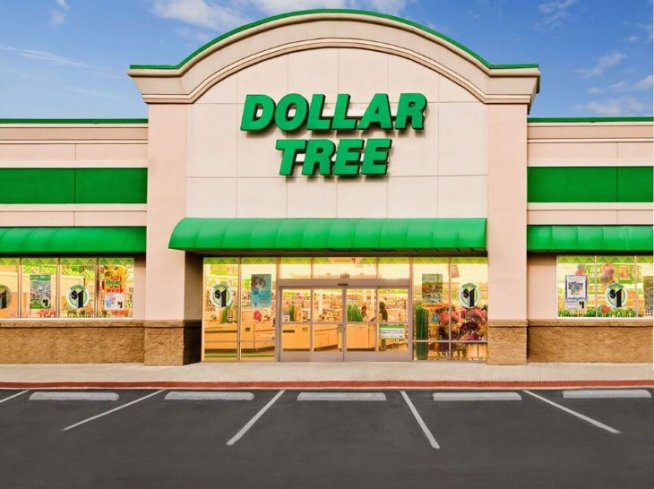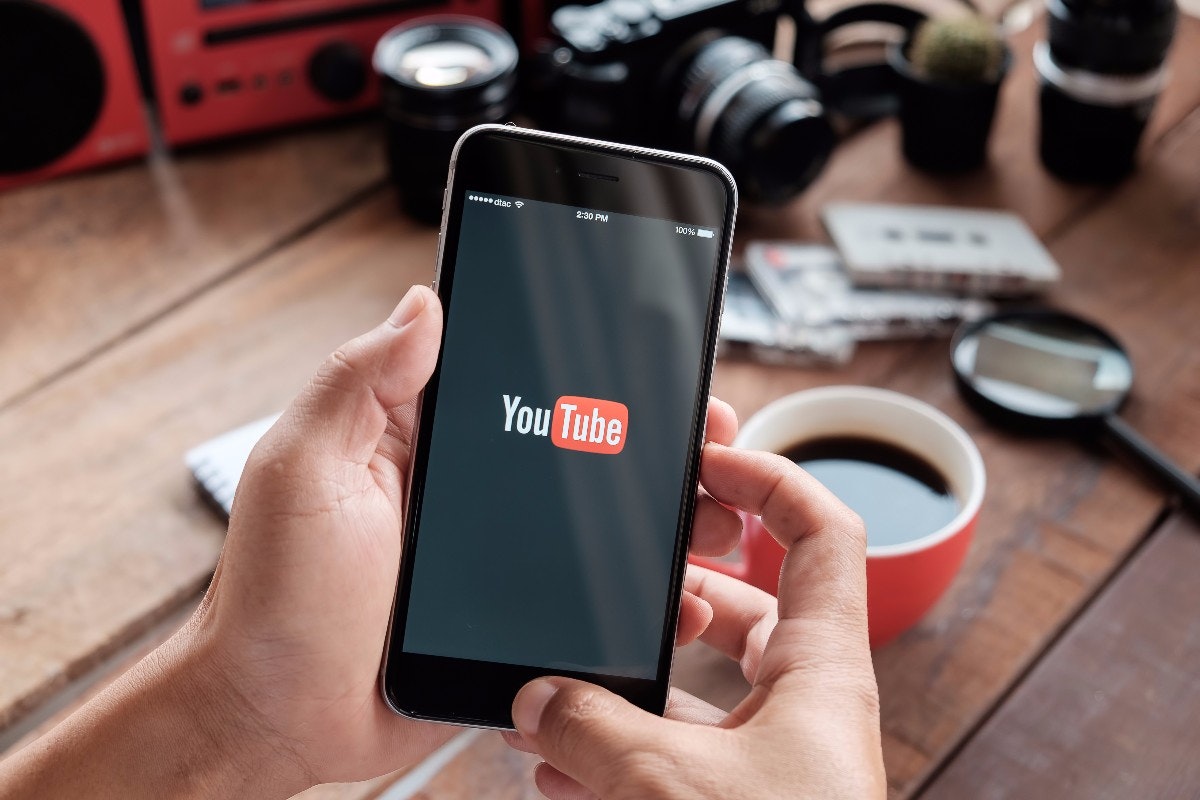
The gaming industry is changing: games are monetized for as long as possible, apps turn over billions of euros and streamers earn millions. This has consequences for marketing.
Hardly any other industry is so digital, so close to the customer and reacts so quickly to changing needs as the gaming industry. For years, the importance of brick-and-mortar retail for game sales has been decreasing. The digital business models are not only changing sales, but sometimes even the content of the games in order to optimize marketing and to bind customers to a brand. We look at the most important trends in the industry and give tips for marketers.
1. It’s not just the launch that counts
In the past, blockbuster games were released at a specific point in time and bugfixes were provided when there were technical difficulties. Sales were mainly achieved in the first few weeks after the release (or when adding paid add-ons). Service games are now determining the market and are constantly being supplied with new content. The main reason for this are new forms of monetization, because the original sales price now often only accounts for part of the total sales of a game. In-game content in Germany generates almost twice as much revenue as the actual sales of games. The most prominent example of this: GTA V originally published for the Playstation 3 with the offshoot GTA Online. Seven years after the original sales date, the game is still generating so much profit that it will also appear for the Playstation 5.
What that means for marketing:
Ideally, marketing not only runs ads for a game, but is also involved in product development from the start. The challenge is to find the balance between long-term monetization and a challenging gaming experience. When monetization is at the core of the game, players turn away. This has happened to some very well-known brands in the past few years (such as NBA 2k or Ghost Recon Breakpoint). Visiting an in-game shop must remain an option that is incentivized with special incentives, not the core of the game.
2. Make money with free games
$ 1.8 billion in revenue from a game that’s free? Fortnite managed this feat in 2019. Most of the revenue comes from in-game purchases, where players purchase additional content for real money. Fortnite is well known, but not an isolated case. The four top-selling free-to-play games achieved sales of $ 6.4 billion last year. Popular game apps are in no way inferior, as the sales of Candy Crush Saga ($ 1.4 billion) and Pokémon Go ($ 1.5 billion) show. Game apps are already the app category with the highest sales and generate three times as much sales in Germany as traditional games on consoles or PCs.
What that means for marketing:
With the impressive statistics, it should be noted that only a small proportion of users actually make in-game purchases – the analyzes range from 5 percent to 18 percent of all users. Marketers have to focus on identifying these “high spenders”: customers who spend a lot of time with the app and, accordingly, spend more money. The decisive factor is not the download, but the lifetime value, i.e. the turnover that a customer generates over the entire period of use. On the one hand, the targeted approach in order to find these users is decisive for success. Accordingly, marketers have to test several channels, in addition to the app store platforms, for example social networks or advertising measures on the open web. On the other hand, it is worth investing in the community in order to inspire them for a game over a longer period of time. The final factor is the type of purchase. While some apps favor a subscription model, others rely on a one-off payment to unlock additional levels, for example. In this way, customers are introduced to in-game purchases without having to take out subscriptions.
3. Time in the game is crucial
Already during development, care is taken to ensure that customers spend as much time in the game as possible in order to increase the likelihood of in-game purchases. The game time is often optimized with daily rewards or time-limited events. Because the longer players spend playing a particular game, the higher the likelihood that they will also spend money.
What that means for marketing:
Basically, marketers have to learn from subscription apps here – the marketing plan includes a long-term plan that combines in-game content with ongoing marketing measures. The most successful game apps start different seasons after the launch, which offer new content similar to new series seasons. This news is communicated over a longer period of time, which can be done via earned or owned media. In-game events or cross-promotions can attract additional attention. Budget plans should therefore consider whole years and not just launch periods.
4. Digital distribution is becoming more and more important
German customers continue to favor stationary retail, but the trend towards digital distribution continues. Within five years, the share of digital sales has doubled to 40 percent, and in the USA digital sales already accounted for 83 percent of the total market. This does not apply to app downloads, in-game purchases and digital subscriptions. The current Xbox is offered in a cheaper version without a drive and a purely digital version is also planned as an option for the upcoming Playstation.
What that means for marketing:
Communication must therefore move very strongly in the digital space, because ideally, it only takes a few clicks from an advertisement on the web to a game download. The digital distribution should therefore be made as simple as possible. Some game manufacturers also rely on digital launch events with additional incentives or even use crowdfunding to generate additional attention, even if the financing is already secured.
5. Stream or play?
The spectacular contract poker of the streamer Ninja, which can call up double-digit million amounts for the use of a certain streaming platform, illustrates how important the streaming market has become for the gaming industry. After Microsoft’s exit (Mixer), Facebook, Youtube and Twitch (Amazon) are still the platforms of the major internet giants in the streaming race. Success on streaming platforms can determine the overall success of a game. However, streams are not equally relevant for all games, especially mobile games are comparatively seldom streamed.
What that means for marketing:
Streamers are important, but only affordable for a few manufacturers due to the high sums of money that gaming influencers call with high reach. The focus on certain niches and streamers with a smaller but loyal fan base or special offers for streamers and their users can be worthwhile. These can be cosmetic items for the game or prizes that the streamers can offer exclusively to their community. Ubisoft is taking the connection of streaming and games to extremes with the new shooter Hyper Scape, in which you can gain access to the game by watching streams or progress in the game as the game progresses. Cooperations can then be expanded via other media channels, which in turn ensures even more attention and ideally calls other streamers to the scene.
The marketing of games is becoming more and more challenging because most games want to occupy the customers’ limited time for as long as possible. The marketing of games should therefore already be taken into account in the development phase and should also be continued at the product level after the game has been launched. In addition, marketers should rely on a mix of different channels and collaborations and plan for the long term in order to lead a games brand to success.
[custom-twitter-feeds feed=2]





